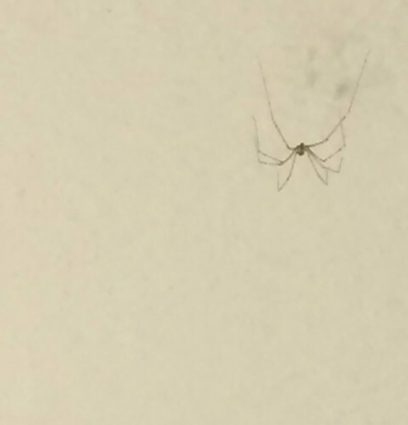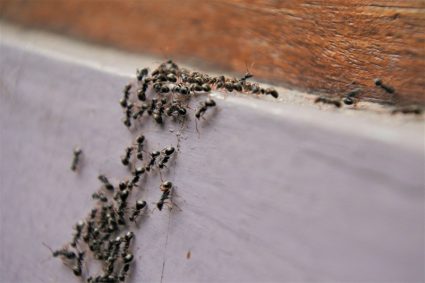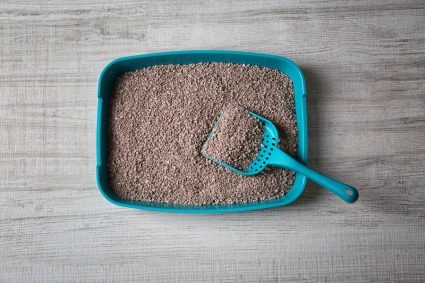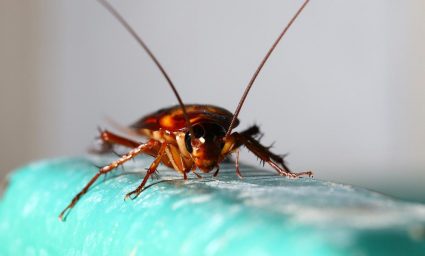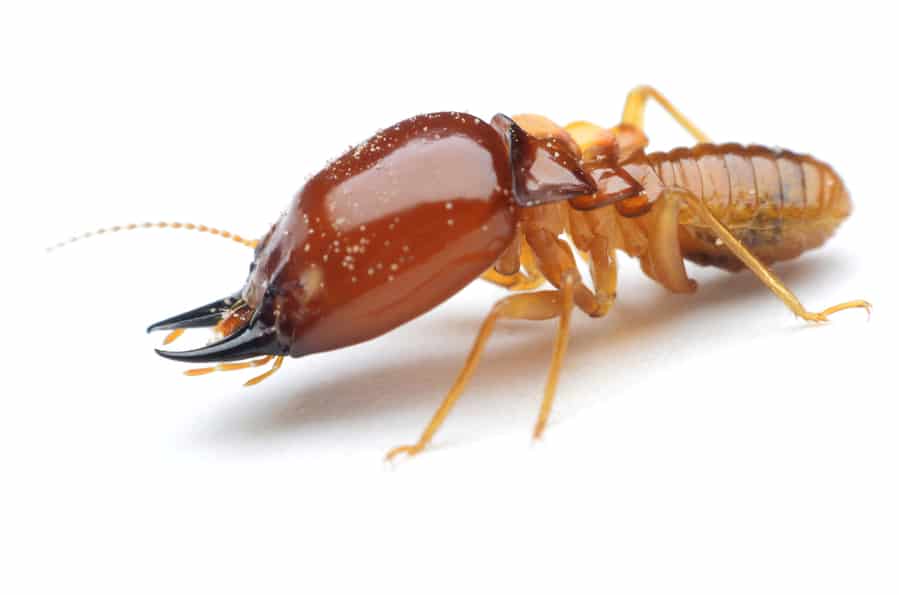
Are you wondering what a termite bite looks like?
Are you concerned about the symptoms that come with a termite bite?
Are you trying to differentiate between a termite bite and termite damage?
Termites are small insects that live in colonies and eat wood. Sometimes, they can accidentally bite humans. A termite bite looks like a small red bump on the skin and may be itchy or painful. It may also form a blister.
When termites bite, it is usually because they have been disturbed and are trying to defend themselves or their colony. Termites are not known to bite humans as a first resort, and bites are relatively rare.
Some people experience an allergic reaction to the bite, which causes redness, swelling, and itching.
It is important to note that termites are known to cause damage to wooden structures. If you suspect a termite infestation, it is best to contact a professional pest control service to get rid of them and prevent further damage.
This article will cover this topic and more, providing the information you need to understand what a termite bite is and how to identify it.
3 Ways a Termite Bite Looks Like

It is possible to distinguish a termite bite from other insect bites.
Below are three things that can help you identify a termite bite:
1. Small Red Bumps
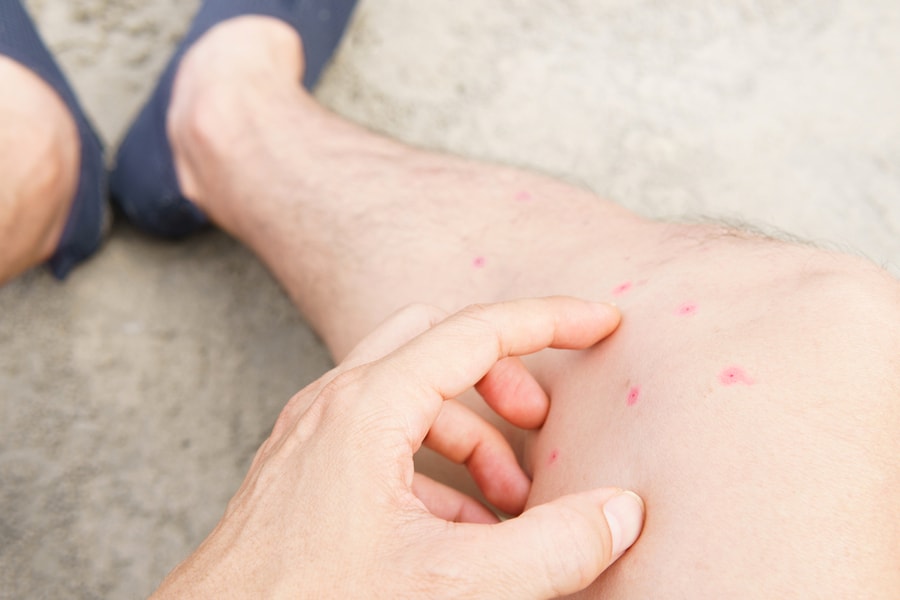
A termite bite may appear as a small, red bump on the skin. These bumps can be raised or flat, appearing in clusters or individually.
The termites’ venom causes the small red bumps that a termite bite may cause that they inject into the skin when they bite. These bumps may be itchy or slightly painful, but they are not typically dangerous.
The size of a termite bite can range from a tiny pinprick to about the size of a pencil eraser. They are often located on exposed body areas, such as the hands, arms, or face.
It is important to differentiate these bites from other insect bites or skin conditions, as they can be mistaken for other things.
2. Blisters

Blisters that develop at the site of a termite bite are caused by an accumulation of fluid in the skin.
These blisters can be painful and may itch or burn. They may also be filled with clear or yellow fluid.
They can be accompanied by redness and swelling around the area.
In some cases, the blister may burst and drain, leaving a sore that can take several days to heal.
3. Swelling and Redness
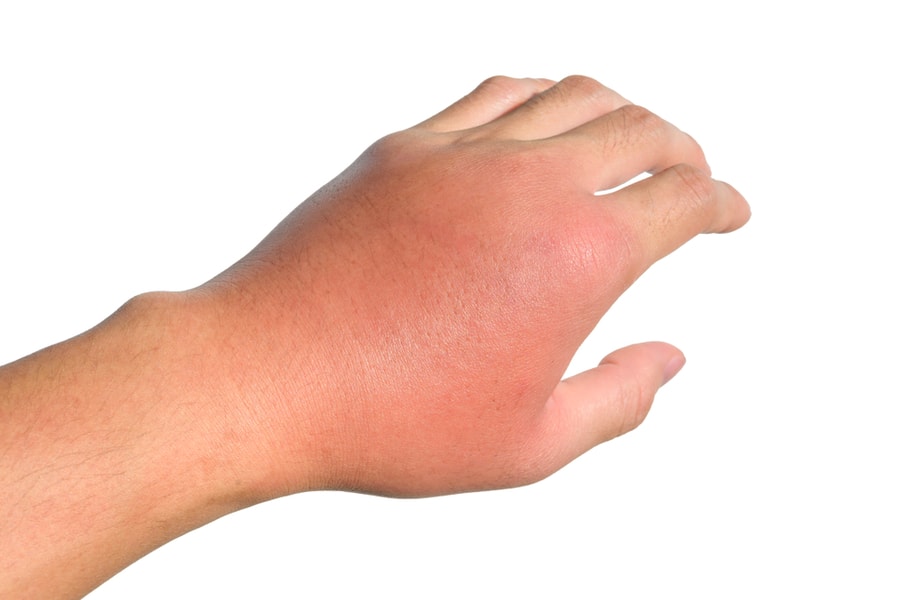
In some cases, a termite bite can cause an allergic reaction.
When a person is allergic to the venom of the termite, the body’s immune system may react to the venom by causing redness and swelling.
This reaction can be caused by the venom’s presence in the skin, which may last several days. The affected area may also be itchy or painful.
In some severe cases, it can lead to an anaphylactic shock where immediate attention is needed. See a doctor if you experience severe symptoms after a termite bit or have difficulty breathing or swallowing.
Symptoms of a Termite Bite
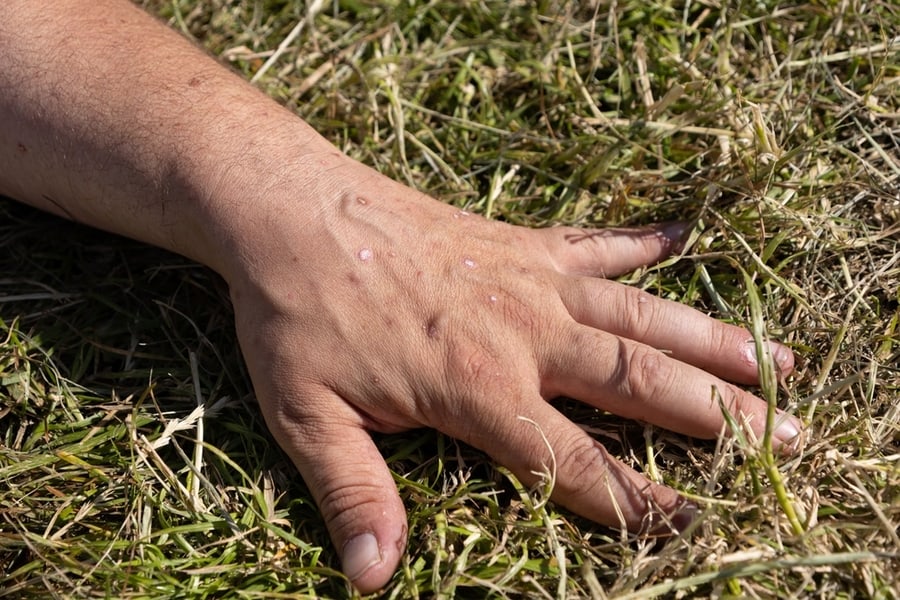
The symptoms of a termite bite can vary from person to person.
Some people may experience mild itching or pain, while others may not feel any discomfort.
Some people may also develop a blister at the site of the bite.
Sometimes, a termite bite can cause an allergic reaction, leading to redness, swelling, and itching.
Comparison of Termite Bites to Other Insect Bites
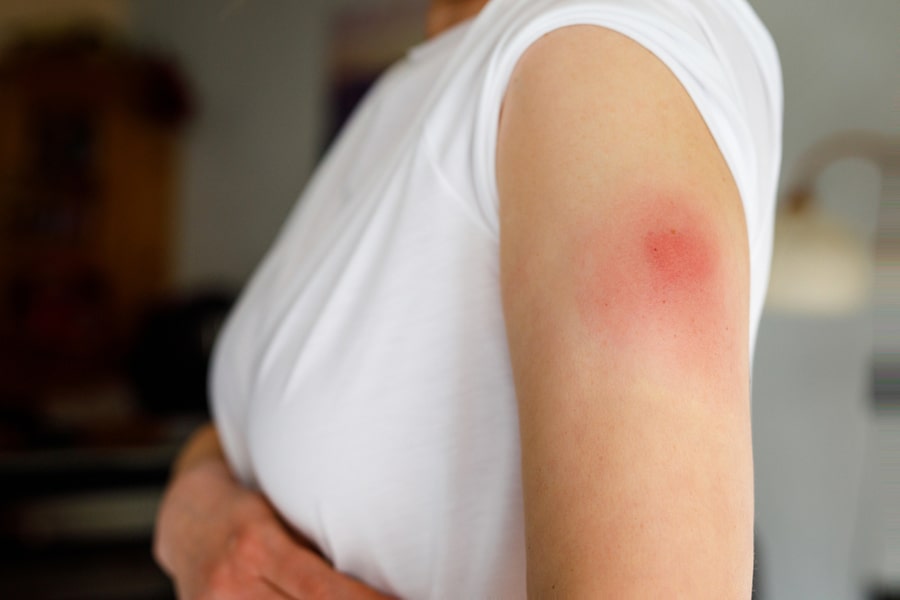
Termite bites can be easily confused with other insect bites.
For example, a termite bite can look similar to a mosquito bite, with a small, red bump on the skin.
However, the key difference is that a red halo or a white center does not usually accompany termite bites.
Differences Between a Termite Bite and Termite Damage
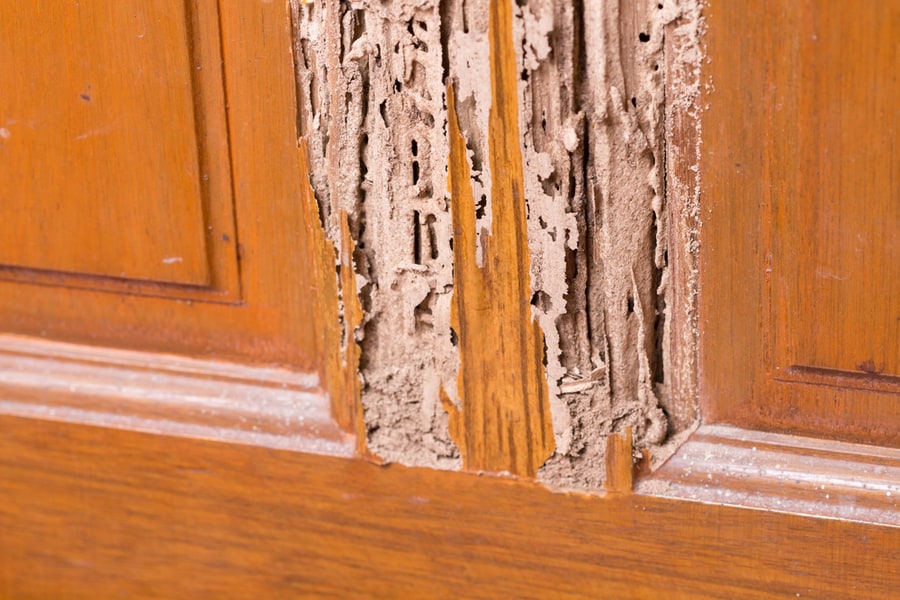
It is important to note that termite bites and termite damages are different.
Termite bites are rare and occur when termites accidentally bite humans while defending their colony.
On the other hand, termite damage is caused by the feeding habits of termites, which can cause structural damage to wooden structures.
The Rarity of Termite Bites

Termite bites are not common and typically occur when termites are disturbed or defending their colony.
It is important to note that termites do not actively seek out humans to bite, and bites are not a sign of an infestation.
If you suspect you have termites in your home, it is best to contact a professional pest control service to inspect and get rid of them.
Takeaway
Termite bites are relatively rare and usually occur when termites are disturbed or defending their colony. They can appear as small red bumps on the skin, with symptoms such as itching or pain.
However, it is important to note that termite bites can be easily confused with other insect bites. It is crucial to differentiate between a termite bite and termite damage caused by the feeding habits of termites which can cause structural damage to wooden structures.
If you suspect a termite infestation in your home, it is best to contact a professional pest control service to inspect and get rid of them.
To prevent termite bites, keep termites away from your home. This can be done by removing wood debris, keeping wood away from the foundation of your home, and preventing moisture buildup in and around your home.
Frequently Asked Questions
Are Termite Bites Dangerous?
Termite bites are not generally considered dangerous; however, in some cases, they may cause an allergic reaction leading to redness, swelling, and itching. It is best to seek medical attention if a person is experiencing severe symptoms.
How Can I Prevent Termite Bites?
To prevent termite bites, keeping termites away from your home is important. This can be done by removing wood debris, keeping wood away from the foundation of your home, and preventing moisture buildup in and around your home.
Seek a professional pest control service if you suspect a termite infestation in your home.

